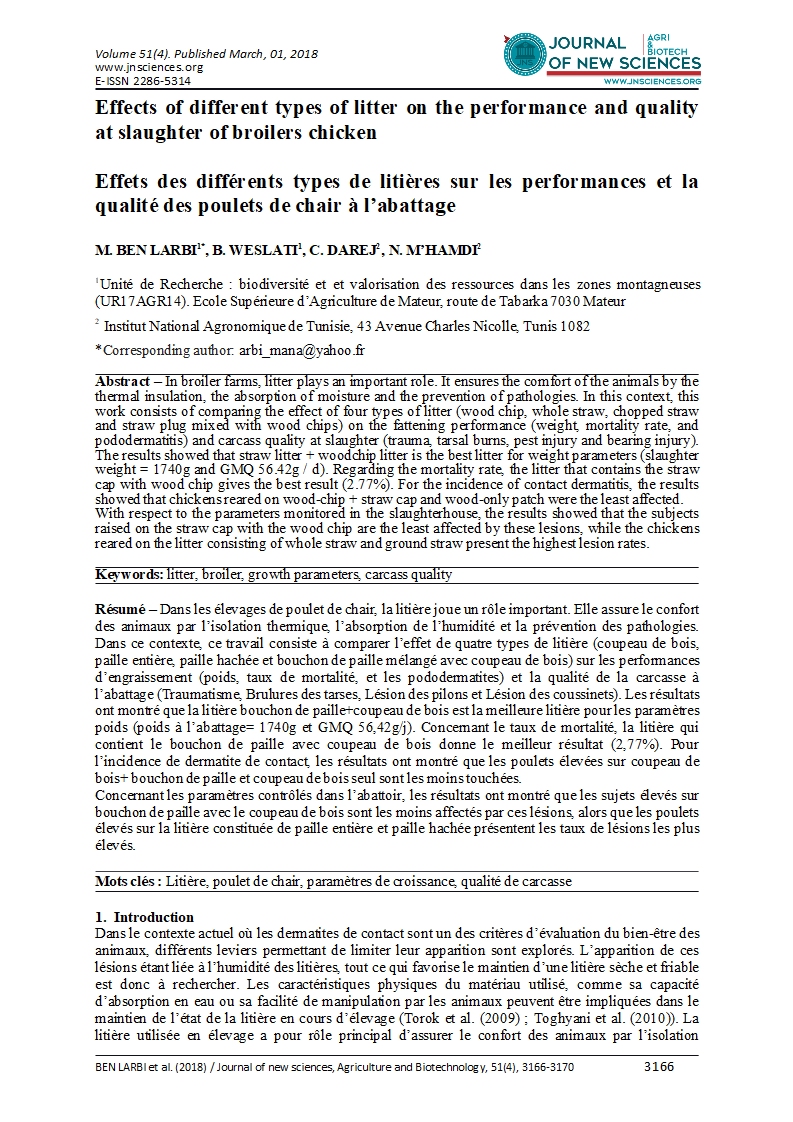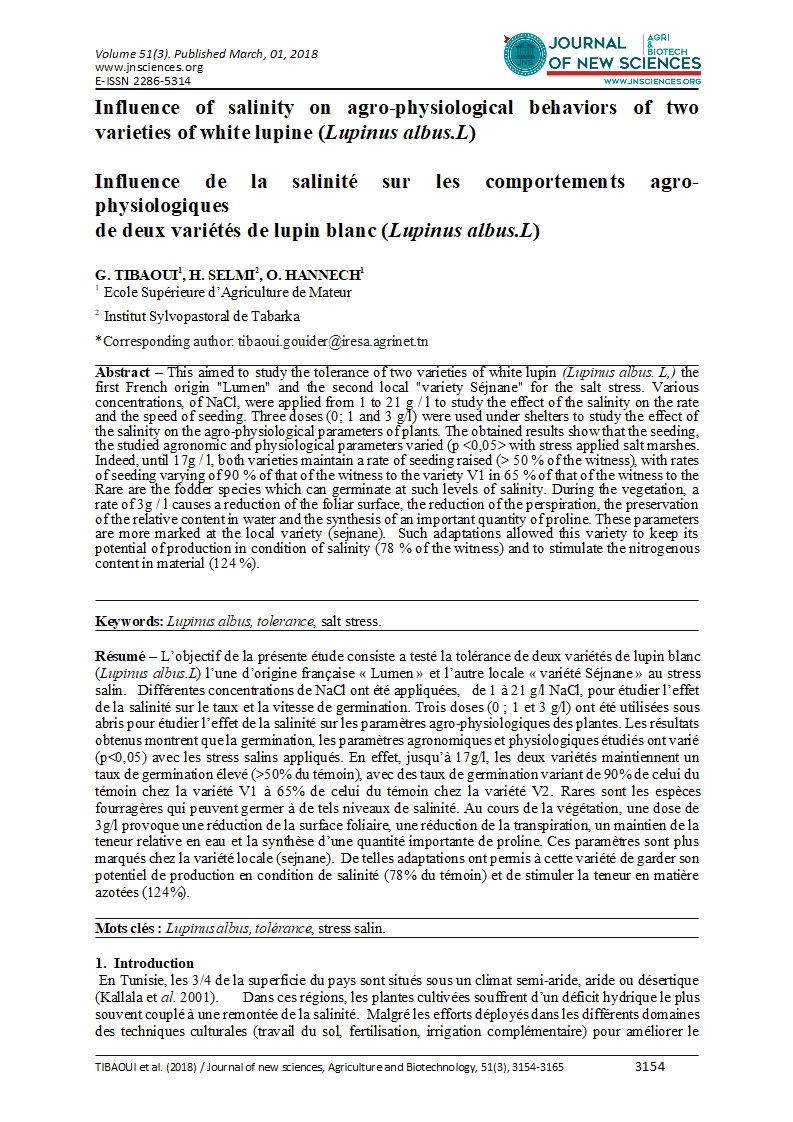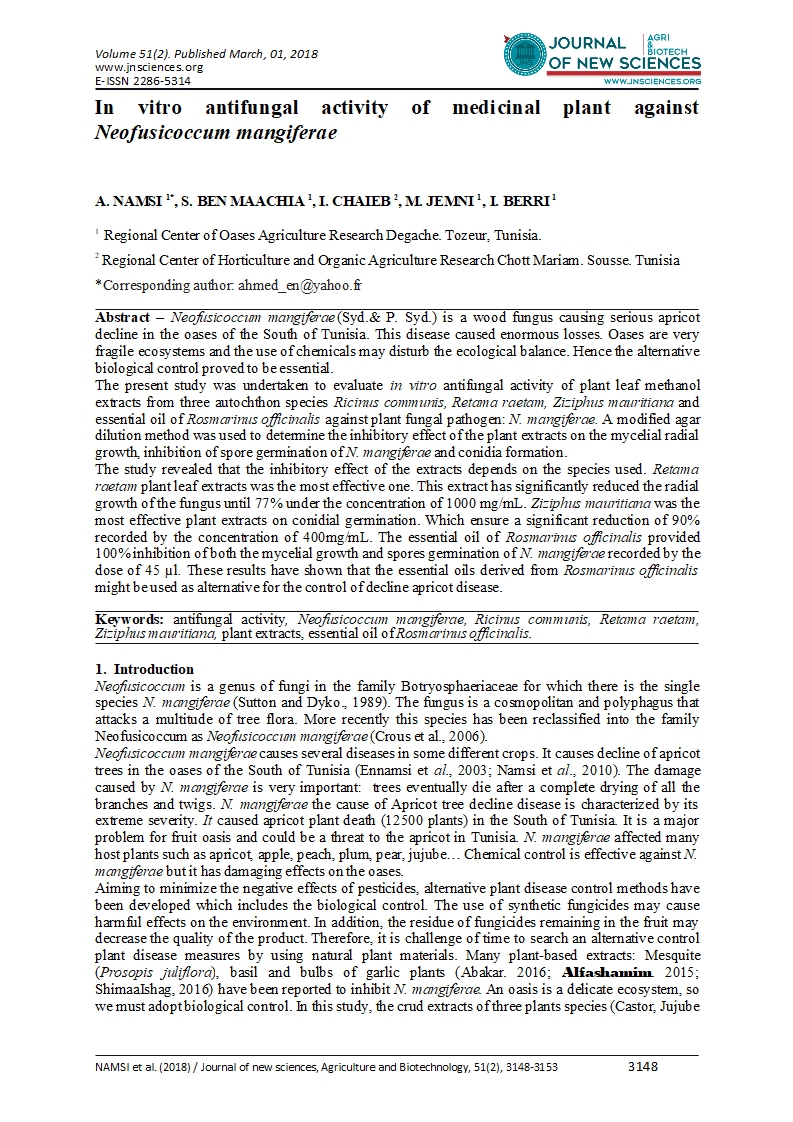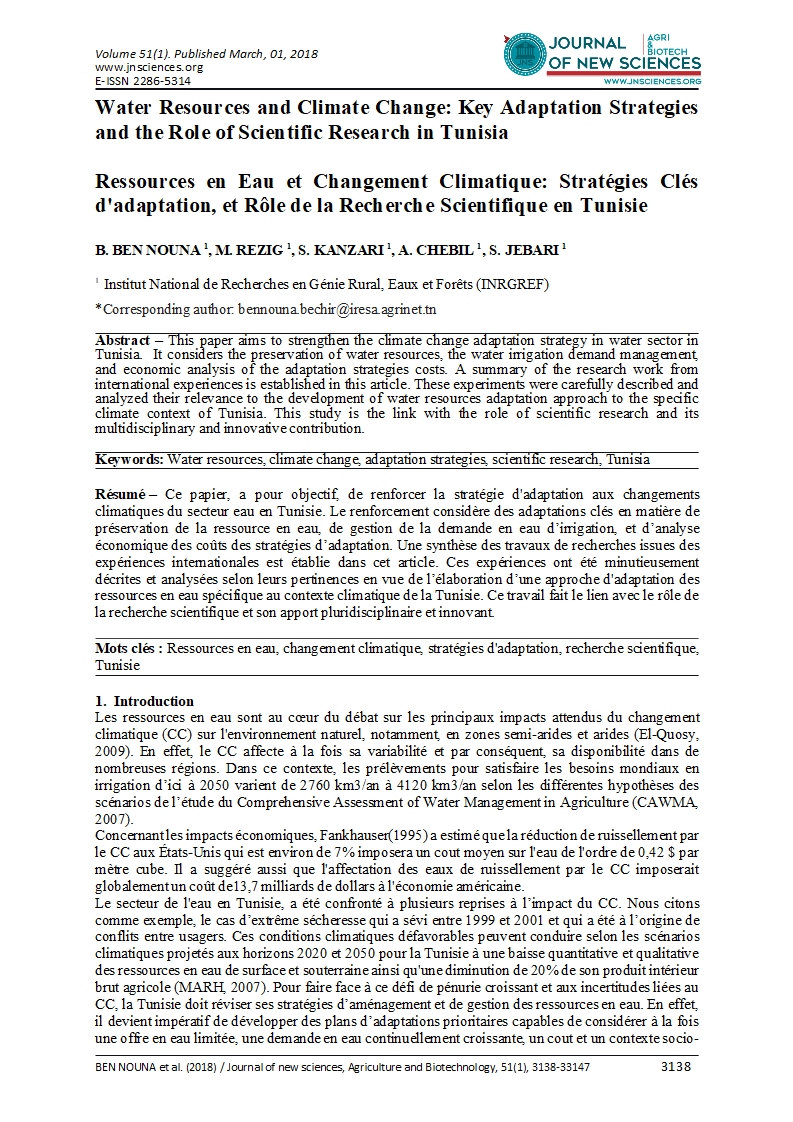- Category: Volume 51
- Hits: 6604
Phenotypic and biochemical diversity in peach [Prunus persica (L.) Batsch] cultivars
W. ABIDI1*
M.A. MORENO2
Y. GOGORCENA2
1 Centre Régional des Recherches Agricoles (CRRA), Sidi Bouzid, Tunisie.
2 Estación Experimental de Aula Dei (EEAD-CSIC), Zaragoza, España.
Abstract – Peach (Prunus persica L. Batsch) is the third most abundant fruit worldwide, after the apple and pear. This study was conducted in six peach and nectarine cultivar. The main objective of this work was to search for the phenotypic variability in agronomical and biochemical fruit quality traits. Agronomical traits such as fruit weight (g) and the analysis of fruit quality parameters [firmness, soluble solids content (SSC), pH, titratable acidity (TA) and ripening index (RI)] were determined. Biochemical fruit quality traits such as vitamin C, total phenolics, flavonoids, anthocyanins and the relative antioxidant capacity were evaluated. Such phonemics analysis is an obligatory requirement for identification of molecular markers for distinct fruit quality traits and for selection of appropriate parents for future breeding programs. Results showed that the cultivars exhibited wide phenotypic variation in agronomic and biochemical traits. In addition, principal component analysis (PCA) revealed several relationships among quality traits in the evaluated cultivars. This relationship should be considered in the current breeding programs to select cultivars with high health-enhancing properties and good postharvest performance.
Keywords: peach, fruit quality, phenolic compounds




